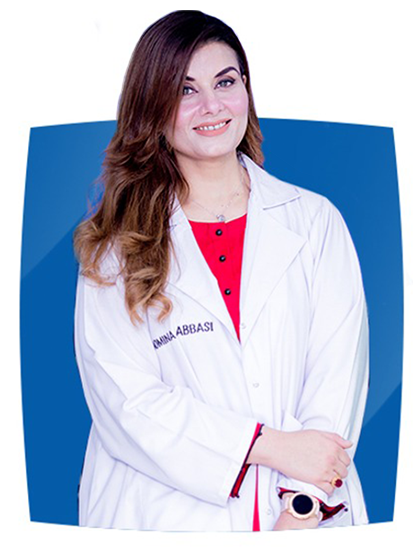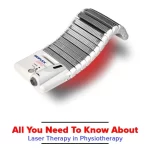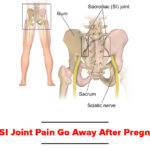There are several diabetic foot ulcer treatment guidelines, such as utilising appropriate therapeutic footwear and applying dressings to provide moisture to the wound. Over the counter foot ulcer treatment is also available, however laser therapy has shown to be a cost effective and efficient way to heal foot ulcers.
Laser therapy has been widely researched and has been shown to achieve good results in literature. Recovery for diabetic foot ulcers was seen only after a few days following laser therapy. The foot ulcer showed to heal completely in a few of the patients, whereas other patients showed significant signs of healing. Reduction of the area of the ulcer was also obtained.
Laser therapy has been shown to increase cellular metabolism of the patient, which promotes the healing process of the targeted area. Laser therapy has also been shown to interact with the nerves of the targeted site in a way which reduces pain experienced. This interaction also releases endorphins which reduces the painful sensations at the site. These interactions have a combined effect that result in pain relief starting from minutes after the treatment to long-term pain relief.
We at BioFlex are able to treat many types of skin ulcers. Our technology is equipped with providing pain relief and healing for many complex medical disorders. The treatments are non-invasive, the procedure is painless and you do not experience any side effects.
Our BioFlex team consists of experienced orthopedic doctors who offer their outstanding services in various cities of Pakistan. Our clinics are located in cities near you; Islamabad, Rawalpindi, Karachi, Peshawar & Multan.
To begin the BioFlex Laser therapy process for foot ulcer treatment, book a consultation with our orthopedic doctors at one of our centres. Simply input your information below and we will call you back within the next day to book your consultation so you can start reaping the benefits that BioFlex has to offer!













